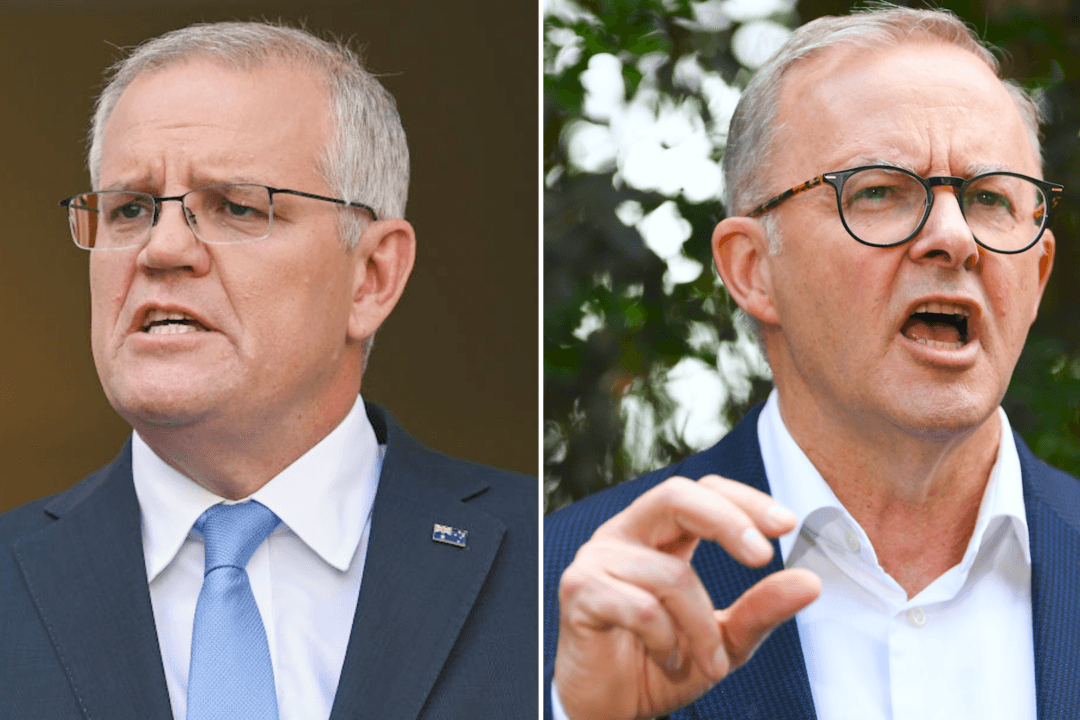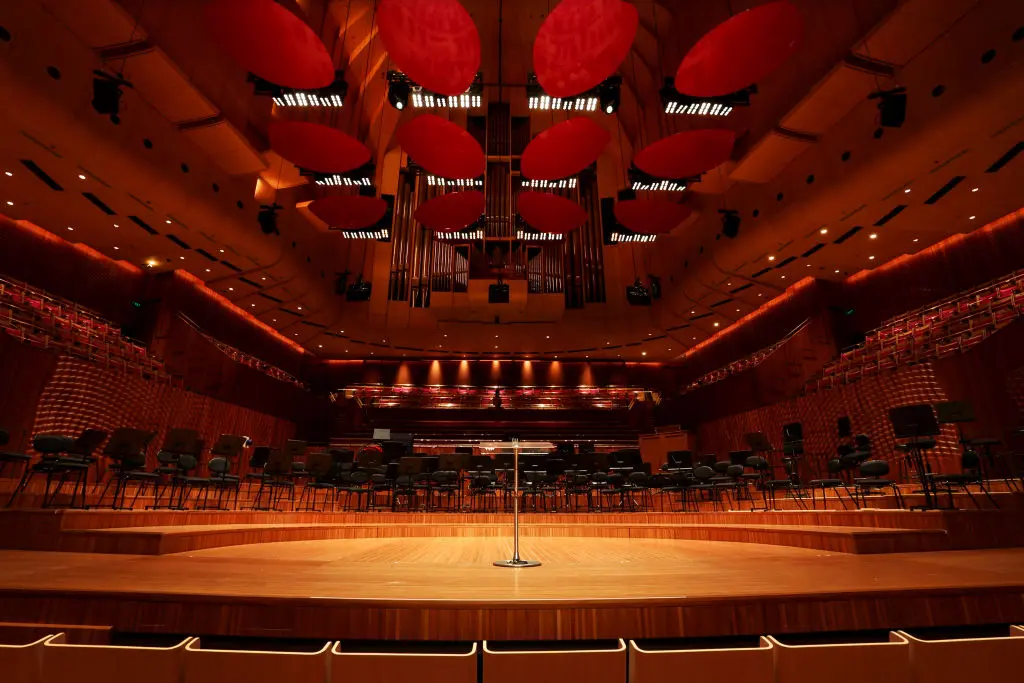Political polling, the dominant force behind much of the Australian news cycle—which has ended the careers of four prime ministers over the last decade—should only be a “temperature read” and not the primary driver behind policy, according to a former deputy campaign director for the Australian Labor Party (ALP).
Kosmos Samaras, the now-director of the RedBridge Group based in Melbourne, Victoria, says polling can be “demographically blind” and not consider linguistic and cultural differences—an issue pertinent to many city-based electorates where high numbers of overseas-born individuals reside.





